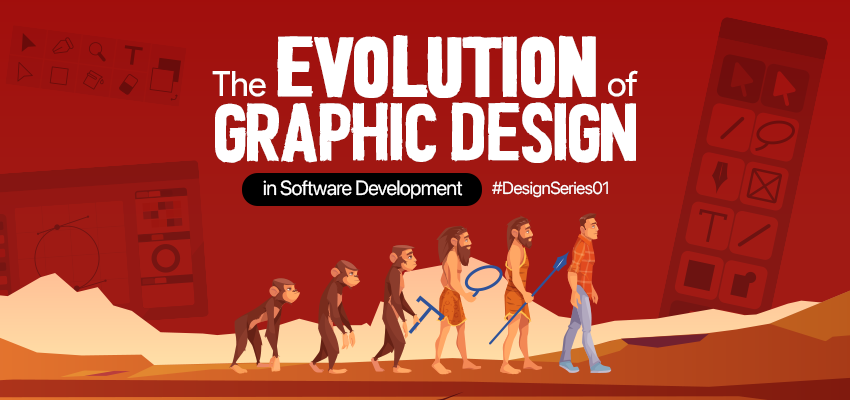The Evolution of Graphic Design in Software Development

Graphic design has always been a crucial part of software development. It helps make software attractive, easy to use, and effective. Over the years, graphic design in software development has evolved significantly. This article explores how graphic design has changed in the software industry and what these changes mean for designers and users.
Early Days: Function Over Form
In the early days of software development, the focus was mainly on functionality. Software needed to work well, and how it looked was less important. Early software had simple, text-based interfaces with minimal graphics.
Why It Was This Way
- Technology Limitations: Early computers had limited processing power and display capabilities.
- User Expectations: Users were more concerned with what the software could do rather than how it looked.
While functional, these early designs often lacked user-friendliness and aesthetic appeal.
The Rise of Graphical User Interfaces (GUIs)
With the advent of graphical user interfaces (GUIs), software design took a big step forward. Icons, windows, and menus replaced text-based interfaces, making software more visually appealing and easier to navigate.
Why It Changed
- Technological Advances: Improvements in computer hardware allowed for more complex graphics.
- User Demand: As more people started using computers, there was a demand for more intuitive and attractive interfaces.
GUIs made software more accessible to a wider audience, reducing the learning curve and enhancing user experience.
The Web Era: Design Becomes Crucial
The rise of the internet brought a new focus on design. Websites and web applications needed to attract and retain users, making graphic design more important than ever.
Why It Changed
- Competition:With many websites and applications available, good design became a way to stand out.
- User Experience:A well-designed interface could keep users engaged and satisfied.
Web design introduced new principles and techniques, such as responsive design, which ensures websites look good on any device.
Modern Times: User Experience and Beyond
Today, graphic design in software development goes beyond making things look good. It’s about creating a seamless user experience (UX). This involves understanding user needs and designing interfaces that are intuitive, efficient, and enjoyable.
Why It Is This Way
- User-Centered Design: Modern design focuses on the needs and preferences of users.
- Tools:igners now have access to sophisticated tools and technologies that enable them to create complex, high-quality designs.
- latform Consistency: software being used on multiple devices, consistent design across platforms is essential.
The focus on UX has led to more user-friendly software, higher user satisfaction, and better overall performance.
Future Trends
The future of graphic design in software development is exciting. Here are a few trends to watch:
- Artificial Intelligence (AI): an help create more personalized and efficient designs.
- and Augmented Reality (VR/AR):se technologies will open up new possibilities for immersive and interactive designs.
- ser Interfaces (VUIs): ice technology becomes more common, designing for voice interactions will be a new challenge.
Keeping up with these trends will be crucial for designers to continue creating effective and engaging software.
Conclusion
The evolution of graphic design in software development reflects the changing needs and expectations of users. From simple text-based interfaces to sophisticated user-centered designs, graphic design has come a long way. By understanding and embracing these changes, designers can create software that not only looks good but also provides an exceptional user experience. The future holds even more exciting possibilities, making this an exciting time to be involved in graphic design for software development.
Stay curious, keep innovating, and let your creativity shape the future of tech. Until next time, happy designing!